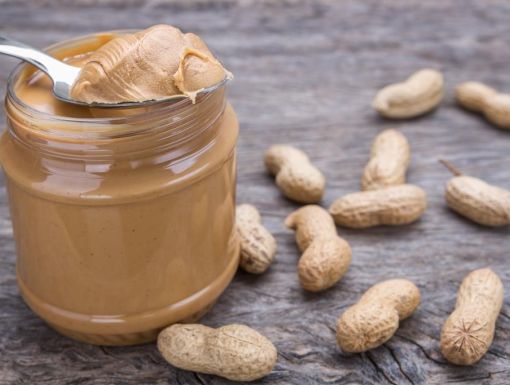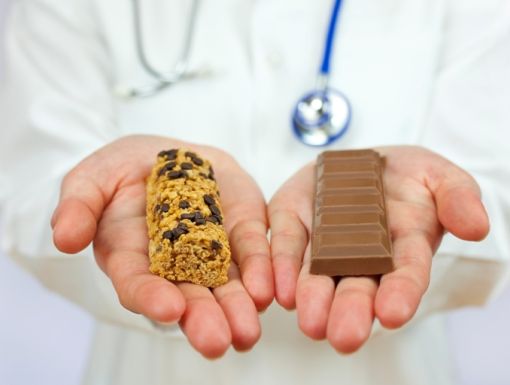
How to Pack a Healthy School Lunch
Parents can get overwhelmed when looking for foods which are healthy, nutritious and at the same time appealing to kids to pack in lunch boxes. This can be a cumbersome and stressful experience, especially when you have to deal with picky eaters. Preparing healthy meals can also be expensive and time consuming for a busy morning.

Need a pediatrician?
Schedule an appointmentwith Dr. Ortiz de Jesus today!
Unfortunately quick, easy and inexpensive meals, which in many cases are more appealing to kids, are inevitably high in sugar, fat content and offer very limited nutritional value. This type of lunch also contributes to the rising epidemic of childhood obesity. Keep these tips in mind when trying to pack a healthy lunch box:
1. Avoid empty calories
These include sugary drinks, candy bars, cookies, chips and processed pastries and snacks.
Processed foods are full of extra calories which come from added components to make food more palatable and to keep a longer shelf life. The more natural and less processed the food, the better.
For example, you can include a cupcake, but make it homemade by adding oatmeal, fresh fruit and whole wheat flour.
2. Read labels
Labels have changed. It is now required to list calories and servings in a larger print, to list calories per package and per serving and to not only include fat, carbohydrate and protein content, but also to disclose added sugars.
Be aware that foods are sometimes served in packages that have 2-3 servings. Many times people eat an entire package thinking it’s only one serving.
3. Limit foods with added sugars
The American Heart Association recommends that for children to maintain a healthy diet, they should consume less than 25 grams of added sugars per day. 25 grams of added sugar a day is the equivalent of 6 teaspoons of added table sugar per day, or the equivalent of an 8 ounce sugary drink a week! The reality is that currently kids consume about 80 grams of added sugar a day.
Kids under 2 years of age should have no added sugar in their diet.
4. Limit juice intake
Give your children no more than 4-6 ounces of juice per day and choose 100% juice. It is okay to include just water in the lunch box.
If packing milk, use milk with 2% or less fat content for kids older than 2 years of age. If giving flavored milk, again pay attention to added sugar content.
5. Take advantage of what produce is in season
Cut fruits and vegetables into wedges. For fruits, you can add yogurt or peanut butter so kids can dip the fruit. For veggies, you can add low-fat dressing on the side for dipping. These additions make eating fruits and veggies more fun.
6. Other healthy ideas
If making sandwiches, think of bread alternatives like whole grain bread, pita bread or use whole wheat/flour tortillas to make fun wraps. Add lettuce and tomatoes to include some vegetables.
You may pack cereal or yogurt bars, but pay attention to added sugars.
Other ideas include bite size cheese, lean hams, turkey or chicken breast. Cut them in wedges, not rounds, to be mindful of choking hazards.
If you have questions and concerns about what to include in a lunch box or which foods are appropriate for your child, remember that your pediatrician is your best resource.



